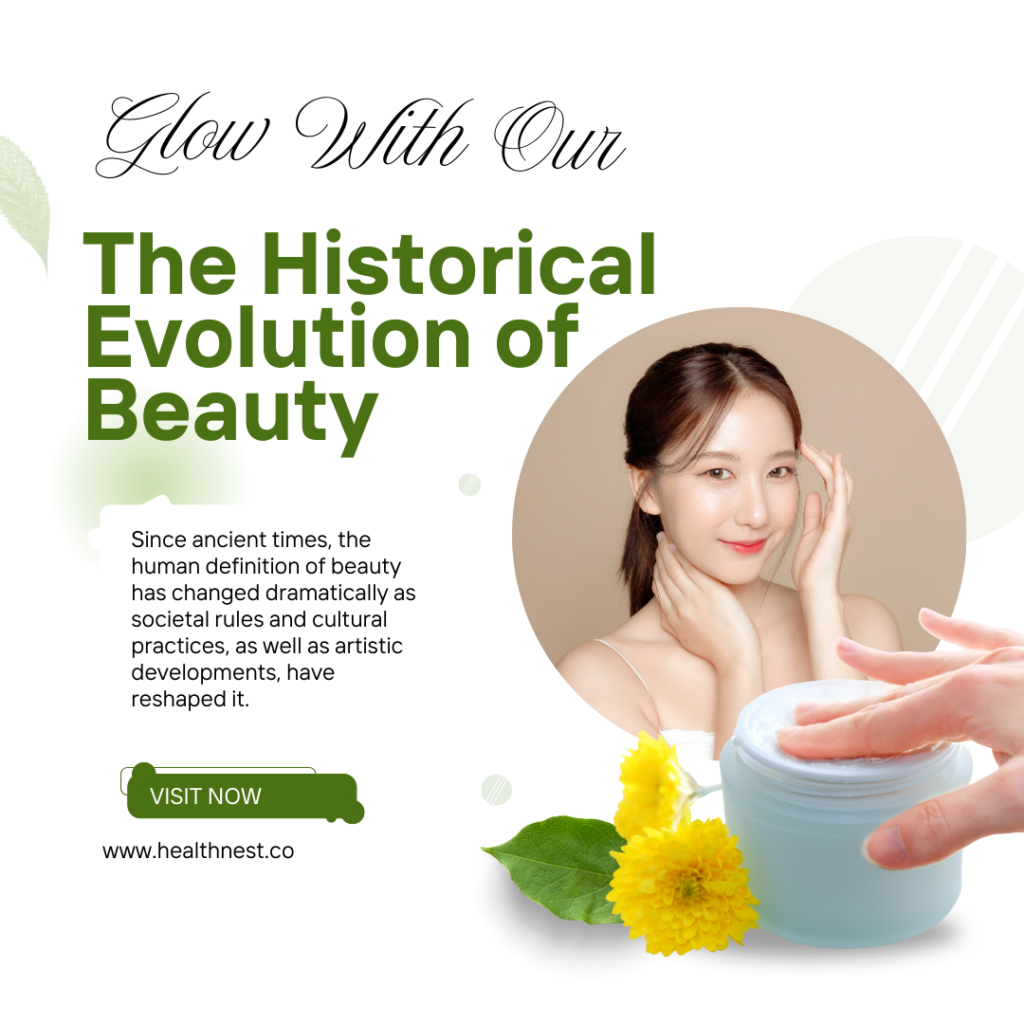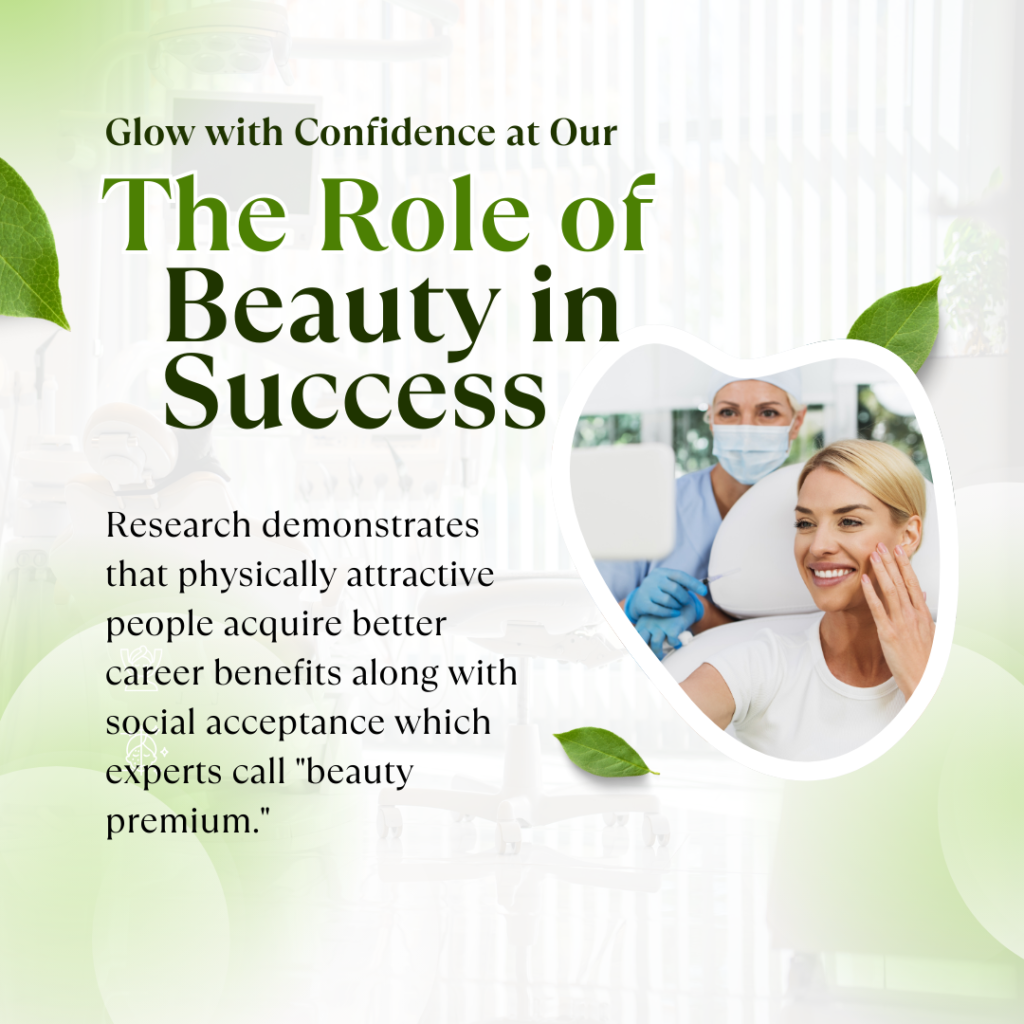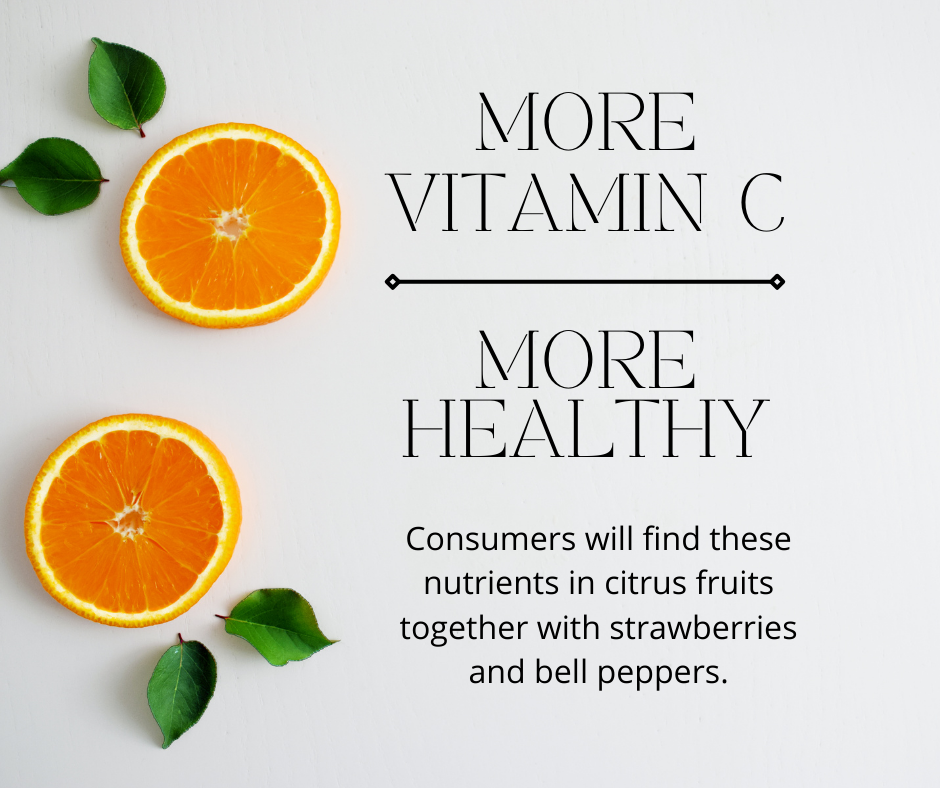The Historical Evolution of Beauty

The idea of beauty typically links to physical looks, yet it reaches further to express personal character together with emotional states as well as how people see the world. This article examines various beauty aspects through historical development and cultural values and psychological responses while examining modern understanding of beauty’s definition.

The Historical Evolution of Beauty
Since ancient times, the human definition of beauty has changed dramatically as societal rules and cultural practices, as well as artistic developments, have reshaped it.
Ancient Beauty Standards
The ancient Egyptian culture associated physical attractiveness with heavenly attributes. People from all genders created detailed cosmetic applications by applying both kohl eyeliner and natural coloring substances for face enhancement. Cleopatra gained legendary status for her exceptional beauty, which she expressed through elegant presentations and appealing personality traits.
The people of ancient Greece considered beautiful faces to possess symmetrical proportions. Greece admired perfectly proportioned faces along with athletic body types because these characteristics appeared throughout their artistic and architectural works. Their belief in the “golden ratio” as a measure of physical perfection still influences modern aesthetics.
Renaissance and Baroque Beauty Ideals

Renaissance artists chose to depict beauty through artwork, while full-bodied figures alongside pale skin served as the most desirable characteristics of the time period. During this time, Botticelli’s Venus demonstrated the widespread attraction toward delicate, refined beauty. Baroque artists embraced dramatic and majestic beauty factors through elaborate hairstyles, opulent clothing, and striking makeup products.
Victorian and 20th-Century Beauty Trends
During the Victorian time period, society valued the principles of modesty together with natural charm. During that period, fashionable individuals sought pale complexions together with small facial features and body shapes that required corsets for constriction. The flapper movement of the 1920s emerged to lead people towards fashionable short hairstyles and bright-faced liberal expressions along with free-spirited fashions.
In the 1990s alongside the early 2000s, supermodels appeared while slim athletic figures became popular.
The Cultural Significance of Beauty
Culture integrates beauty standards that conceal societal principles and achievement ideals.
Beauty in Eastern Cultures
People from many Asian cultures understand beautiful appearance through wholesome skin that appears bright and comes with small facial features maintained in equilibrium. The Japanese, along with the South Koreans, value their skin health more than makeup because their cultural traditions follow specific methods for keeping their faces fresh and radiant throughout life.
Western Perspectives on Beauty
Western societies have adopted diverse beauty trends that derive from media outlets combined with fashion trends and celebrity popularity.
Beauty in African and Indigenous Cultures
African people throughout many cultures honor attractiveness by creating elaborate hairstyles alongside both decorative body modifications and decorative accessories. Traditional body decorations, which include beadwork and scarification, act as cultural indicators to share social status together with individual identity and ancestral heritage.
Harmony with nature stands as a basic element for beauty in the eyes of global Indigenous cultures while they create their aesthetic expressions.
The Psychological Impact of Beauty
The expression of beauty acts substantially on human thinking levels by affecting self-worth as well as social exchanges and career potential outcomes.
The Science Behind Attraction
Research demonstrates that human beings subconsciously gravitate towards specific facial along with body characteristics because of our biological history of evolution. Genetic and health factors produce three prominent indicators for good health and fitness which are symmetry in appearance combined with clear skin and healthy hair.
Beauty and Self-Esteem
The enhancement of confidence through beauty occurs at the same time when societal standards enforce impossible beauty ideals, which create self-esteem problems for people. Social media has increased this issue because digitally edited images show standards that cannot be reached by ordinary people.

The Role of Beauty in Success
Research demonstrates that physically attractive people acquire better career benefits along with social acceptance, which experts call “beauty premium.” People are now recognizing the importance of inner beauty alongside talent through the evolving standards of attractiveness.
The Modern Perspective on Beauty
Beauty-expressing standards exist beyond traditional definitions in present-day society. Social acceptance of self-expression together with inclusivity changed how the public views physical appeal.
The Rise of Body Positivity
The body positivity movement teaches people to accept their authentic body forms through a wave of opposition against standard beauty standards.
The Influence of Social Media
Across TikTok and Instagram, people from every demographic can now show their exclusive fashion choices due to platform equality. These platforms both help the rise of beauty filters while at the same time intensifying the presentation of untrue beauty standards.
Sustainable and Ethical Beauty
People presently understand that the beauty choices they make result in noticeable impacts on both ecological concerns and ethical standards.
The Science of Beauty
Scientists conduct research to study beauty by using three scientific approaches: biology, psychology, and neuroscience. The researchers who study evolution recommend beauty functions as an indicator for reproductive accomplishments. Visually appealing faces with symmetrical characteristics as well as clear skin and appropriate dimensions appeal to others because they symbolize excellent health along with good genetic abilities. Research demonstrates that people from different cultures share similar preferences when it comes to facial attractiveness, thus indicating certain universal aesthetic standards.
Brain studies reveal that people experiencing beauty view activate their reward system to produce dopamine release that results in pleasurable sensations. The “golden ratio,” which equals 1:1.618, appears naturally in art and human faces, along with in nature, while typically representing attractive proportions.
The Impact of Beauty on Human Life
Human life involves several domains where beauty holds influence, starting from personal perception up to social contacts and professional case selection. Studies demonstrate that people commonly view physically attractive people as possessing higher levels of competence together with intelligence and success potential. People exhibit what experts call the “halo effect” when they settle pleasant traits onto physically attractive individuals automatically.
Social media platforms have elevated traditional beauty standards, which causes people to worry about their body image while experiencing self-esteem problems and the need to resemble digitally altered images. People opt for different forms of cosmetic interventions together with digital image enhancements and excessive dietary measures to achieve an impossible beauty goal.
The Role of Inner Beauty
The way people look matters deeply to society, yet inner beauty continually stands as an enduring philosophical truth. The characteristics of kindness, along with intelligence, confidence, and authenticity, make someone appear more attractive to others. Generally, people acknowledge the power of authentic beauty in individuals portraying optimistic character types along with compassionate attributes and self-assurance.
A large number of cultural and spiritual practices recognize the fundamental value of internal attractiveness. Hinduism defines saundarya as a combination of physical attractiveness and ethical and intellectual virtues in a person. The teachings of Buddhism state that true beauty emerges from a presence of peace together with compassion in the mind. Different Western schools of thought prefer to value beauty through character development, which stems from personal values.
Beauty in Art and Literature
The entire span of history bears witness to artists and writers who attempted to portray beauty by utilizing different methods. The Renaissance created two everlasting representations of beauty as Mona Lisa by Leonardo da Vinci and David by Michelangelo.
Through literary works writers have engaged in explaining the multiple facets of beauty. Oscar Wilde presents beauty in The Picture of Dorian Gray as a harmful power which reveals both the effects of shallowness and egoism. Modern writers alongside Romantic poets John Keats and Lord Byron accept natural beauty in addition to human experiences yet actively fight against standard beauty norms through their literary work.
Beauty in Nature
Several poets along with artists discover inspiration through nature because they see perfection in both randomness and flawed elements of the natural world. Following the Japanese concept of wabi-sabi people can discover aesthetic beauty by embracing imperfect and simple things along with their transient nature.
The Evolution of Beauty Standards
During the 1920s the cultural trend of flappers included trendy haircuts with thin physique and noticeable cosmetic enhancements. During the 1950s society embraced full-bodied figures which found their inspiration through Marilyn Monroe. During the 1990s “heroin chic style” emerged alongside thin bodily requirements but the 2010s brought worldwide fame to fitness and health-driven beauty principles.
Modern beauty industries continue to evolve by extending their inclusion to various body forms and appearances in addition to facial features and skin tones. The body positivity movement together with self-love activism urges people to accept their natural beauty which fights against traditional beauty rules to promote individual self-acceptance.

Zdravo, htio sam znati vašu cijenu.